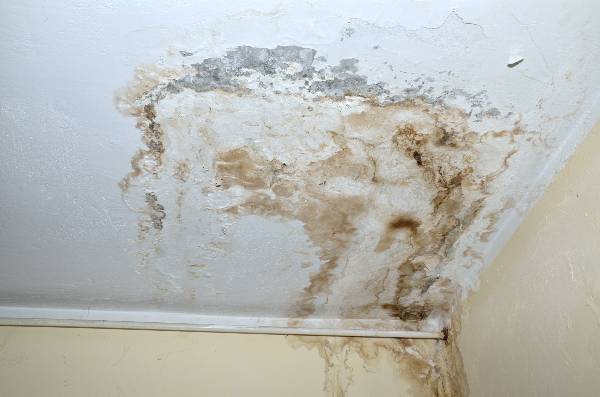Revealing Covert Water Line Leaks: Six Practical Finding Methods
Revealing Covert Water Line Leaks: Six Practical Finding Methods
Blog Article
On this page in the next paragraph you can find more brilliant help and advice when it comes to Hacks to detect leaks.

Early discovery of dripping water lines can mitigate a possible disaster. Besides saving you cash, it will minimize the aggravation as well as frustration. The minute you locate a leak, calling your plumber for repair work is the most effective solution. Nevertheless, some little water leaks might not show up. Right here are some hacks that aid if you can not spot it with your nude eyes.
1. Examine the Water Meter
Inspecting it is a guaranteed method that assists you uncover leakages. If it relocates, that indicates a fast-moving leakage. This indicates you might have a slow-moving leak that can even be underground.
2. Inspect Water Consumption
If you spot abrupt modifications, in spite of your consumption being the very same, it indicates that you have leaks in your plumbing system. An unexpected spike in your bill shows a fast-moving leakage.
At the same time, a steady boost each month, even with the exact same practices, reveals you have a slow leakage that's also slowly intensifying. Call a plumber to extensively inspect your residential property, specifically if you really feel a cozy location on your floor with piping beneath.
3. Do a Food Coloring Examination
30% comes from bathrooms when it comes to water consumption. Examination to see if they are running properly. Drop specks of food shade in the storage tank and wait 10 minutes. If the shade somehow infiltrates your dish throughout that time without flushing, there's a leak between the storage tank and dish.
4. Asses Outside Lines
Do not fail to remember to check your outdoor water lines as well. Should water seep out of the connection, you have a loose rubber gasket. One tiny leakage can waste lots of water as well as increase your water bill.
5. Analyze the scenario and also inspect
Homeowners ought to make it a routine to inspect under the sink counters as well as even inside cupboards for any kind of bad odor or mold and mildew growth. These two warnings suggest a leakage so timely interest is needed. Doing routine inspections, even bi-annually, can save you from a significant trouble.
Extra notably, if you know your home is currently old, maintain a watchful eye on your heaters, hoses, pipelines and so on. Check for stainings and also damaging as most pipelines and also home appliances have a life span. They will certainly likewise naturally deteriorate as a result of deterioration. If you suspect dripping water lines in your plumbing system, do not await it to rise. Call a specialist plumber right now so you don't end up with an awful mess in your house.
Early discovery of leaking water lines can alleviate a possible catastrophe. Some little water leakages might not be noticeable. Examining it is a proven way that assists you discover leaks. One tiny leak can waste loads of water and also increase your water costs.
If you suspect dripping water lines in your plumbing system, do not wait for it to escalate.
WARNING SIGNS OF WATER LEAKAGE BEHIND THE WALL
PERSISTENT MUSTY ODORS
As water slowly drips from a leaky pipe inside the wall, flooring and sheetrock stay damp and develop an odor similar to wet cardboard. It generates a musty smell that can help you find hidden leaks.
MOLD IN UNUSUAL AREAS
Mold usually grows in wet areas like kitchens, baths and laundry rooms. If you spot the stuff on walls or baseboards in other rooms of the house, it’s a good indicator of undetected water leaks.
STAINS THAT GROW
When mold thrives around a leaky pipe, it sometimes takes hold on the inside surface of the affected wall. A growing stain on otherwise clean sheetrock is often your sign of a hidden plumbing problem.
PEELING OR BUBBLING WALLPAPER / PAINT
This clue is easy to miss in rooms that don’t get much use. When you see wallpaper separating along seams or paint bubbling or flaking off the wall, blame sheetrock that stays wet because of an undetected leak.
BUCKLED CEILINGS AND STAINED FLOORS
If ceilings or floors in bathrooms, kitchens or laundry areas develop structural problems, don’t rule out constant damp inside the walls. Wet sheetrock can affect adjacent framing, flooring and ceilings.
https://www.servicemasterbyzaba.com/blog/how-to-detect-water-leakage-in-walls/

I ran across that blog post on Finding hidden leaks while doing a lookup on the search engines. Be sure to take a moment to share this post if you enjoyed reading it. Thanks for your time invested reading it.
Always ready, contact! Report this page